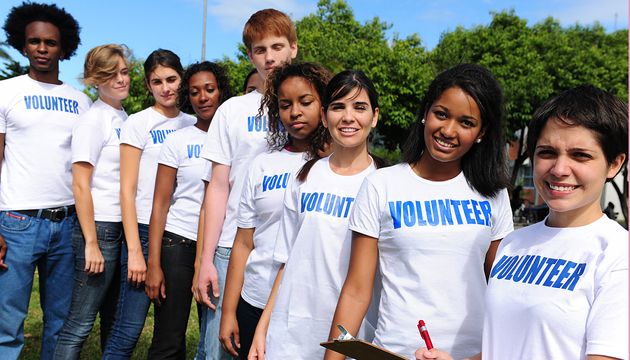
The New Social Entrepreneur
Last year, my sweet wife took an amazing trip on her own to Southeast Asia. While there, she worked with a charity that helped orphans in Vietnam learn computer skills. The idea is that with such skills, these kids would be able to find work once they turned 18 and not resort to a life of begging like so many others do.
What’s fascinating is that the organization in question, Orphan Impact (more on this great group in a moment), uses entrepreneurial strategies and tactics towards a social end. This is the new face of charity today.
Welcome to the world of social entrepreneurship.
Social entrepreneurs create innovative solutions and deliver extraordinary results.
Whereas an entrepreneur takes a risk with money to build a business and make a profit, a social entrepreneur uses entrepreneurial ideas and strategies to further a social goal. Their aim is not to make a profit or grow a business, but instead to be more effective, and/or earn money to alleviate a social need without having to rely solely on the charity of others.
Where the Term “Social Entrepreneur” Comes From
The term social entrepreneur is actually not a new one, being first used in the 1970s, and popularized by, among others, by Bill Drayton and his organization, Ashoka. According to Ashoka, social entrepreneurship is nothing less than a revolution: “Rather than leaving societal needs for the government or business sectors to address, social entrepreneurs are creating innovative solutions, [and] delivering extraordinary results.”
Maybe the best-known social entrepreneur today is Muhammad Yunus, winner of the 2006 Nobel Peace Prize for his work with the Grameen Bank. Grameen popularized the idea of microloans in the third world – lending a seamstress $100 to buy a sewing machine and start a business for instance. Social entrepreneurship is helping to lift millions of people out of poverty today.
Real World Examples of Social Entrepreneurship
Tad Kincaid is an American who runs the organization in Vietnam I mentioned earlier called Orphan Impact. As in many third-world countries, the future for an orphan in Vietnam is usually not too bright as most are not adopted and have to fend for themselves once they are old enough to leave the orphanage. Lacking work skills, many Vietnamese orphans are destined to a life of poverty.
That is the problem Orphan Impact is changing. And they do so by using some very forward-thinking entrepreneurial ideas.
Specifically, Orphan Impact takes teachers and computers out to the orphanages, giving the kids lessons in computer skills so that they have the ability to get a job and earn a living once they grow up. “We have created an environment within the orphanage where we are inspiring an interest in learning and motivating the children to take proactive steps in preparing for their futures,” says Kincaid.
Orphans who are fortunate enough to get to work with Orphan Impact learn an amazing array of skills:
- They learn to type and create charts and graphs
- They learn how to use Skype
- They make videos
- They learn how to email. I was told by one volunteer of the time when she witnessed a little boy send his first email across the room at school. When his friend received the message, the boy jumped up and screamed in joy.
- They learn how to search and use the Internet
“We believe it is crucial for the children to develop 21st century skills as they prepare for their lives outside the orphanage.”
According to Kincaid, social entrepreneurship is changing the face of non-profits like his. “Gone are the days where just because we are involved in a charitable activity will donors support our cause. The Internet has made everyone smarter about businesses and charities. We need to be smarter. We need to be more creative. We need to more transparent. The bottom line is that charities need to be much more strategic these days – which is both good for donors and good for the benefactors.”
Healthy Competition Among Social Entrepreneurs
And like any entrepreneur worth his or her salt, Kincaid loves the competition that these changes are bringing. “With so many charitable activities taking place around the world, organizations need to be challenging ourselves to do everything better. Those of us with higher engagement and greater impact will rise to the top. Who wouldn’t want to support a charity that is actually making a life-changing difference and doing so with cost-effectiveness and integrity? Everybody wants to support a good cause.”
He also says, that like any good freelance small business, a social entrepreneurial organization must have a great website. “I designed the Orphan Impact website with the intent that it would be easy to navigate. I want visitors to have the opportunity to meet my staff and meet the children we teach, assess our finances, browse our results, and also hear from others about what they think about us.
And yes, even in the world of charity, “Video matters. It allows us to show our audience the who, what, where, when, why and how in a way that draws on emotion and connects the audience to our cause.”
Finally, Kincaid believes that the social entrepreneur must have a clear sense of his vision and “must be able to tell someone what we do in 15 seconds or less.”
Yes, even elevator pitches are important in this new social entrepreneurial world.
Is your business doing something interesting and noteworthy in the way of social entrepreneurship? Why not tell us about it in The Self-Employed Forums?








